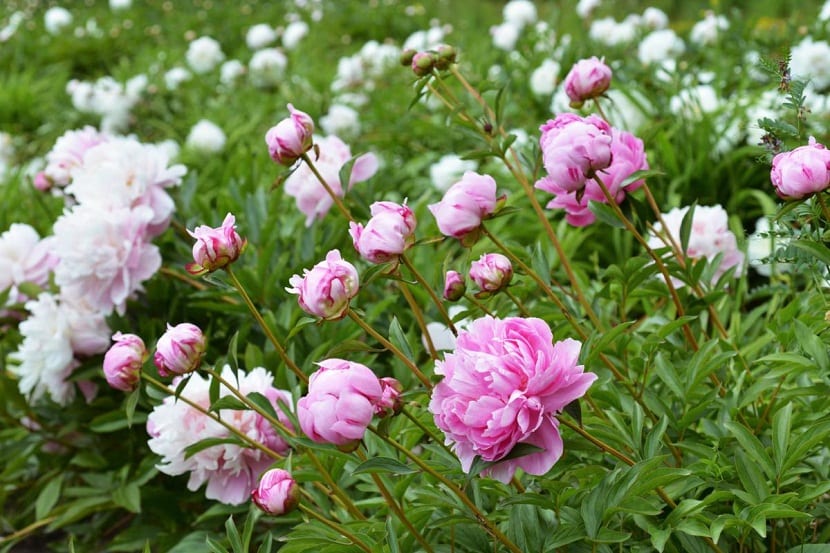
The flowers of pink peonies they offer you a great variety of shades in their petals, from an intense blush to a warm fuchsia and some show their open flowers with a set of golden anthers in their center, while others are similar to cabbage flowers, as they are full of petals. A wide variety of Pink Peonies give off pleasant fragrances, while others just look pretty.
Definitely this species is very popular for its abundant flowers, which in addition to being beautiful, emit an exquisite fragrance and splendid foliage, varying their colors according to the season of the year; peony flowers add eye-catching and beauty to the landscape.
Habitat
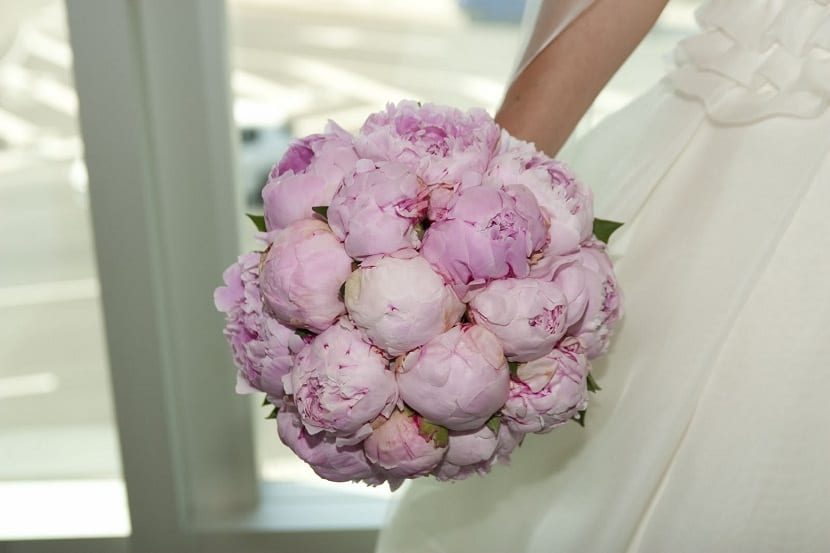
Of temperate climate, peony is found in its wild form throughout much of the northern hemisphere and especially in the temperate areas of Europe, North Africa, North America and some regions of Asia.
Characteristics of pink peonies
While it is true that peony flowers they are very striking, unfortunately blooms only once a year and the worst for a very short period. There are two types of peonies, the herbaceous peony and the shrub peony, both original from the Asian Continent but with different growing characteristics.
The species that you find in specialized stores are generally hybrids obtained from crosses of two different varieties. They can be single or double flower, these being very easy to grow and very interesting.
Types of Peonies
Herbaceous peonies
Herbaceous peonies grow horizontally to the ground, rising to less than a meter in height. It has tuberous roots completely attached to the subsoil, revealing the aerial part of the plant. Its toothed and deciduous leaves make up a shrub in which its colorful corollas are observed in the flowering period. Slender stems, these branch off from the bushes, where its single or double flowers of the most diverse shades of pink, yellow or white flourish.
During winter, the vigor of the plant allows it to survive inclement weather. During this period it acts as a natural reserve of substances for its nutrition that are not available during that season. It is a favorable period for you to cut the upper stems maintaining its basic structure in order to leave it ready for its next spring bloom.
Tree peonies
As opposed to the herbaceous peonies that grace flower beds only in hot seasons, tree peonies are used to decorate your garden even in the months of the autumn and winter seasons. Its knotty trunks make for a particular intricate style, great for creating hedges or as a stand-alone plant to add a sophisticated look to your home.
The plant reaches imposing dimensions and during the spring it is exalted by displaying dark green foliage and large flowers, as well as chromatic nuances, of which the pink varieties are the most sought after. Regarding its pruning, there are no precise rules, except that you must eliminate the tall and vigorous branches with the intention that the plant does not grow too much. For being about a plant with strong and deep rootsIt is recommended that you choose the herbaceous peony and not the shrubby one for planting in pots.
Keep in mind that for it to develop properly and flourish for a long time, you must prepare a mixture composed of 45% clay, 40% soil, 10% sand and finally, 5% dehydrated manure. To properly ventilate the soil it is necessary to place underneath some expanded clay or coarse gravel to create a thickness of about 5 cm. You should not use a plate to facilitate the water to drain and do not stagnate, because it could cause the roots to rot.
The peony is also a plant that adjusts to the temperatures of the different seasons, hence in winter it is advisable not to have it indoorsDo not place it too close to the walls or under awnings, because the cold of winter serves the plant for normal vegetative rest.
Propagation
The reproduction of its seeds takes a long time for a plant to reach its development, it takes two to three years. It even requires a long period to adapt to those soils where flowering is scarce or practically non-existent. Although planting is the effective solution for the growth of new plants, the duration of the germination process makes cuttings or vegetative propagation the best multiplication methods due to their speed. Pink peonies are ideal for creating bouquets.
Variety
Peony Roselette

It is a beautiful pink peony with yellow anthers. Forms a shallow plate showing a mound of flowers with golden stamens in the center. It is one of the first hybrids to flower. With a warm pink flowering, it has 9 or 10 petals. The carpels are lemon green, with a deep red tip.
Peony "Raspberry"
The Raspberry Peony is a favorite among lovers of this species for its beauty, which adorns gardens and flower arrangements. This peony combines perfection, beauty and fragrance. If you are looking for a double Peony that is attractive, large and has a soft and sweet aroma, nothing better than a Raspberry Peony.
Peony "Altar coral"
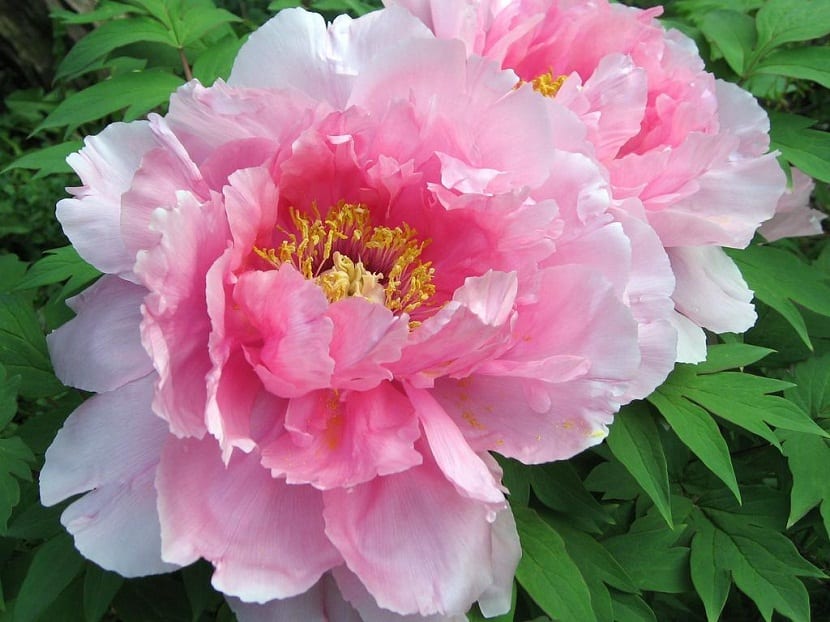
Its name is due to its great resemblance to corals and its flowers similar to beautiful crowns with shades ranging from white to pink. It is one of the most beautiful peonies, not only for its flowers, but for its masterful foliage and the colorful landscape that they offer when they are grouped together.
Peony "Sapphire"
Without a doubt the central attraction of any garden due to its attractive leaves accompanied by a huge and resplendent inflorescence and with a impressive flowering that can reach 50 flowers. Despite its name, this peony is pink with a raspberry hue.
Paeonia lactiflora "Sarah Bernhart"
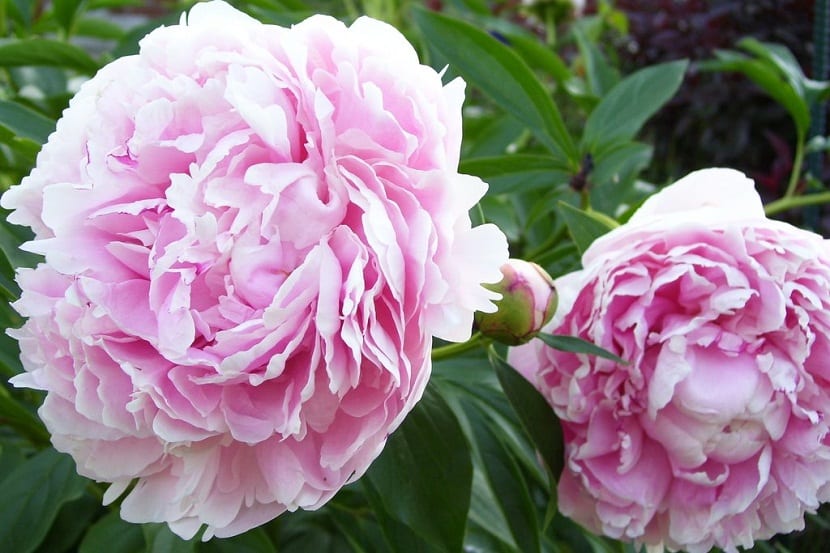
One of the best known thanks to its pleasant fragrance and its excellent performance in pots. Its huge double flowers are dyed pale pink with more pronounced tones in the center. In the garden, flowering will only last if the rains are absent because they oxidize the petals.
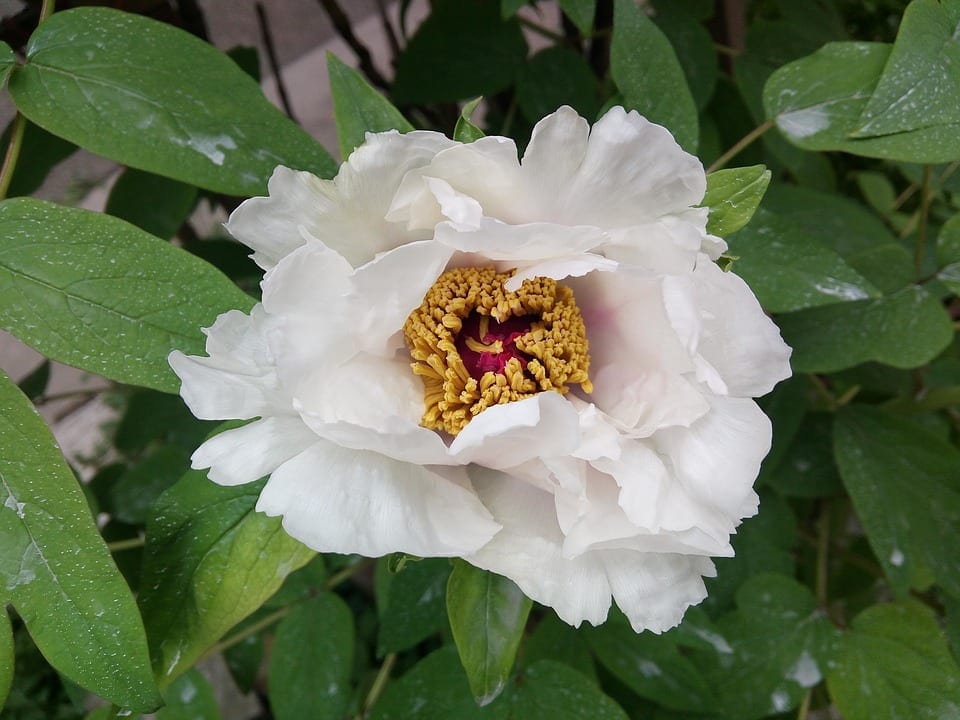
Management
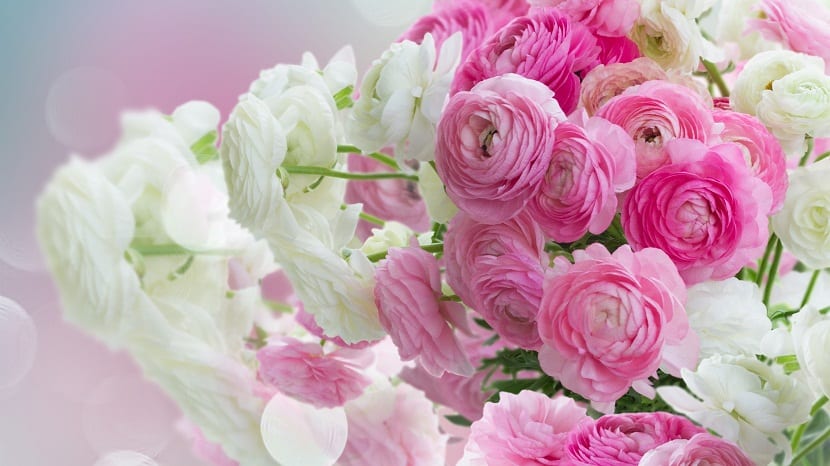
En general, peonies are shrubs highly resistant to insects and diseases. However, there are some that can attack and damage the plant, although only in case of excess humidity, such as botrytis or gray mold which mainly affects herbaceous peonies, deforming and rotting the bush and the Cladosporium, less frequent but devastating, a fungus arises in the warm season, during or after flowering.